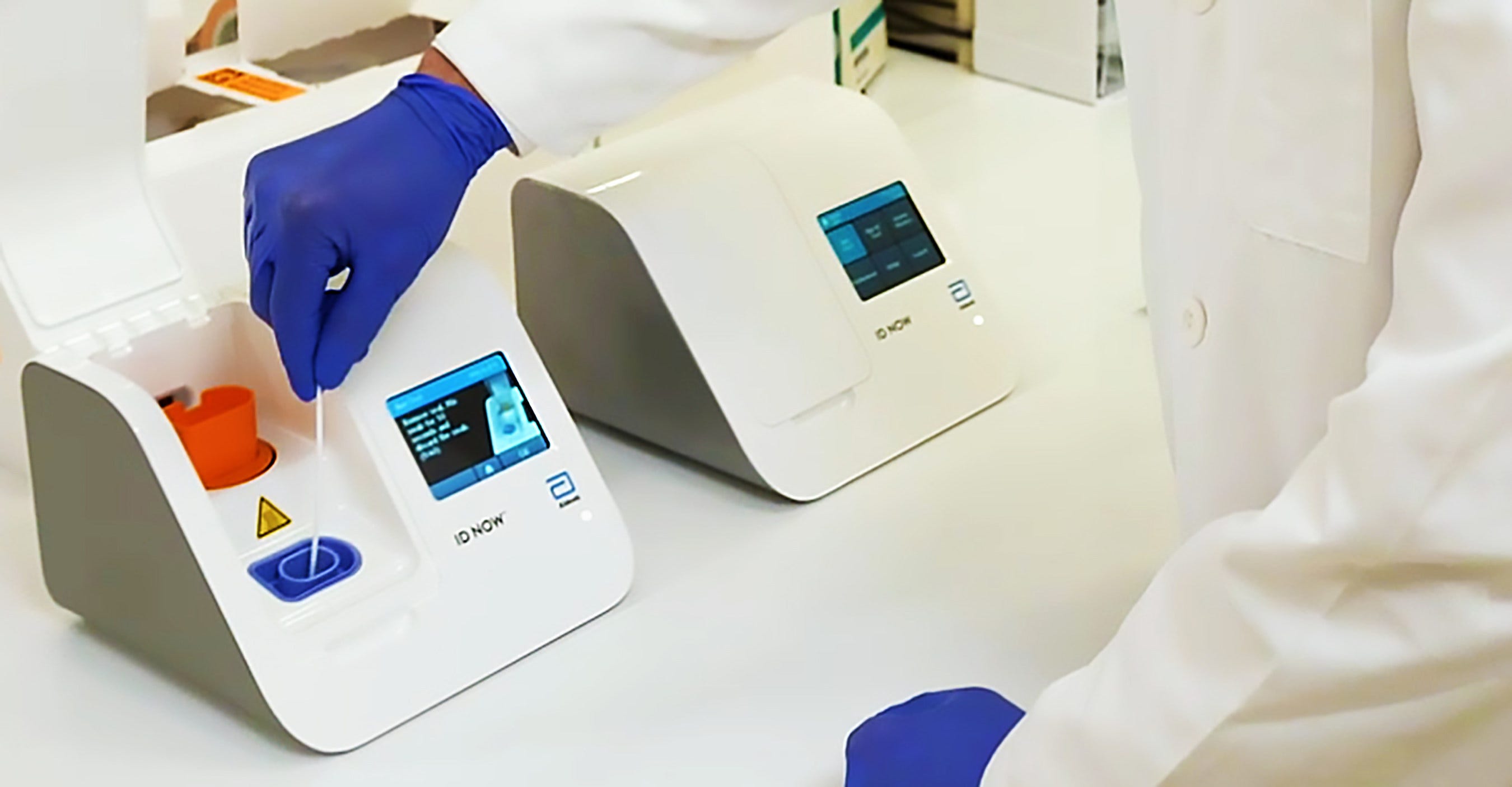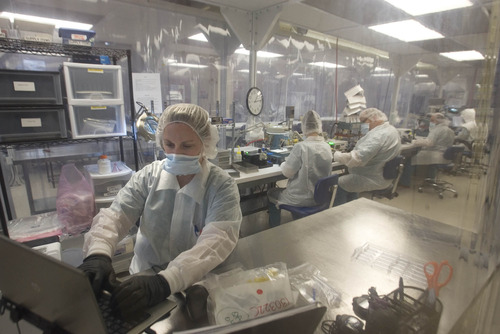

Inclusion and exclusion criteria and the screening process are described in Supplementary Materials 1B and 1C, respectively. The search was performed in Medline, Embase, and the Cochrane Library on 31 August 2017. A systematic literature search for both DTA and clinical impact studies was conducted ( Supplementary Materials 1A). This systematic review was registered in the Prospero database under CRD42017057881. We followed the guidance provided by the Cochrane DTA Working Group. We systematically summarize quality and meta-analyze results of DTA studies and systematically review studies evaluating the clinical impact of rapid molecular testing for respiratory viruses. In this review, we provide an overview of available molecular rapid tests that can provide results for the detection of respiratory viruses within 3 hours. A review on clinical impact of rapid molecular tests that summarizes and assesses sources of heterogeneity to explain these discrepant results is therefore highly needed. Second, even with tests that demonstrate high accuracy, there are conflicting conclusions on whether implementation of these tests results in better patient outcomes.
#Biofire flu test how to#
To guide physicians and hospitals in their choice for rapid diagnostic tools and how to value and interpret their results, a diagnostic test accuracy (DTA) review of available molecular rapid tests as compared to the best available reference standard-RT-PCR or other molecular methods-is essential. Reviews evaluating accuracy of available rapid tests for respiratory viruses either included a heterogeneous group of tests including both ultrarapid but less sensitive antigen-based tests and more sensitive but slightly slower molecular tests, compared rapid tests to outdated techniques as viral culture or immunoassays, focused on only 1 or 2 viral pathogens, mostly influenza virus, or focused on 1 specific assay. First, there is a wide range of rapid tests available with large differences in diagnostic accuracy. Whether these rapid methods lead to improved patient outcomes, however, is still under debate.

Although being faster in comparison to conventional techniques, RT-PCR–based diagnostics still took up to 48 hours from sampling to result, whereas nowadays we have access to rapid diagnostics with turnaround times of >1 hour. Ībout a decade ago, the transition from conventional techniques as viral cultures and immunoassays to reverse-transcription polymerase chain reaction (RT-PCR) techniques did not result in a reduction in overall antibiotic use in hospitalized patients with lower RTI. It may also lead to avoidance of unnecessary costs and antimicrobial resistance by reducing unnecessary prescriptions of antibiotics. Rapid identification of viral etiologies may improve effective patient management by influencing decision making on antibiotic treatment, antiviral therapy, hospital admission, length of stay, and implementation of infection-control measures to prevent further transmission. Respiratory viruses predominate as causative pathogens in patients hospitalized with acute RTI, accounting for 50%–66% of microbiological etiologies. Rapid test, molecular diagnostics, diagnostic accuracy, impact, reviewĪcute respiratory tract infections (RTIs) have a high disease burden and are the third cause of death worldwide. However, we suggest that implementation of rapid diagnostics in hospital care settings should be considered.

The 15 included impact studies (5 randomized) were very heterogeneous and results were therefore inconclusive. Sixty-three DTA reports (56 studies) were meta-analyzed with a pooled sensitivity of 90.9% (95% confidence interval, 88.7%–93.1%) and specificity of 96.1% (95% CI, 94.2%–97.9%) for the detection of either influenza virus (n = 29), respiratory syncytial virus (RSV) (n = 1), influenza virus and RSV (n = 19), or a viral panel including influenza virus and RSV (n = 14). Quality of included studies was assessed using the Quality Assessment of Diagnostic Accuracy Studies criteria for diagnostic test accuracy (DTA) studies, and the Cochrane Risk of Bias Assessment and Risk of Bias in Nonrandomized Studies of Interventions criteria for randomized and observational impact studies, respectively. We systematically reviewed available evidence from Embase, Medline, and the Cochrane Library on diagnostic accuracy and clinical impact of commercially available rapid (results <3 hours) molecular diagnostics for respiratory viruses as compared to conventional molecular tests.


 0 kommentar(er)
0 kommentar(er)
